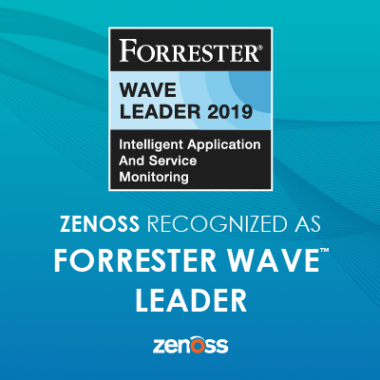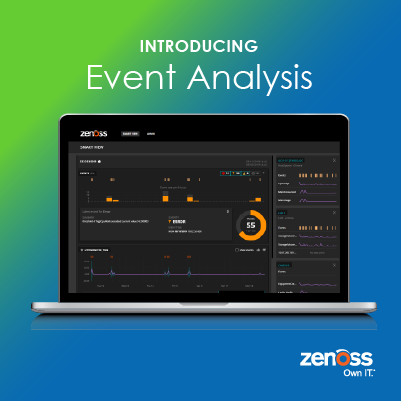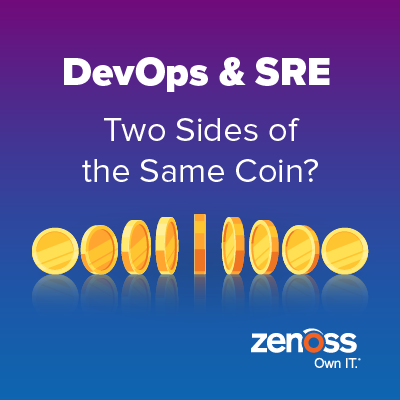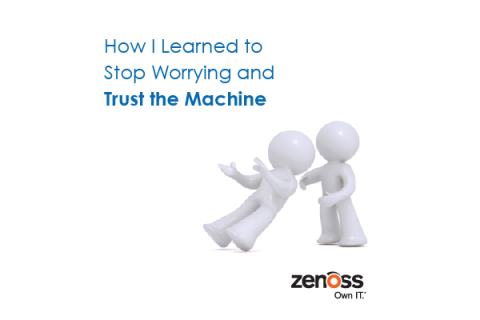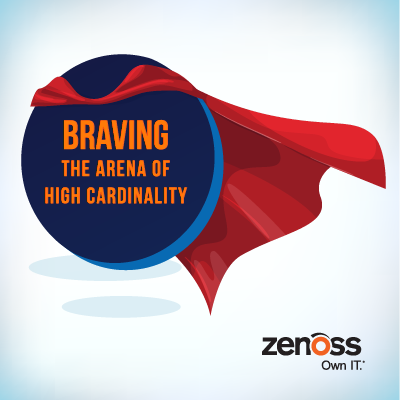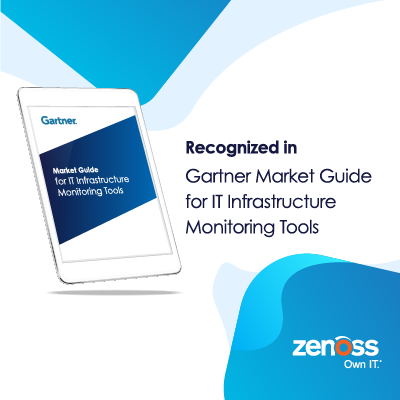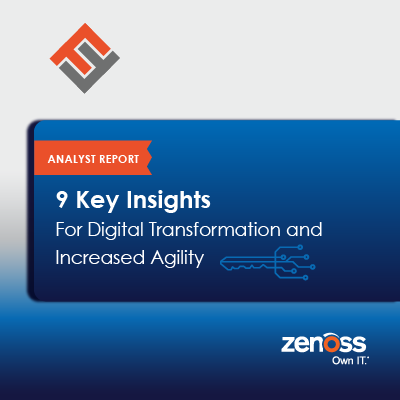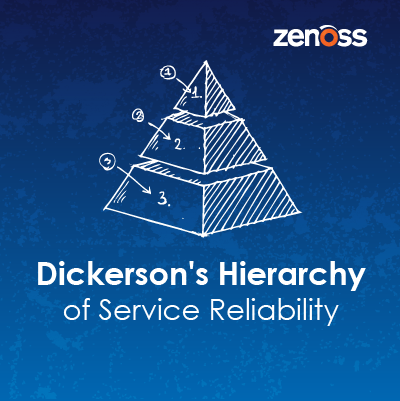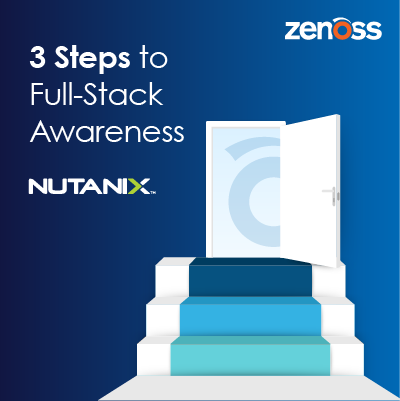Riding the Wave
We are excited to be recognized as a Leader in The Forrester Wave™: Intelligent Application and Service Monitoring, Q2 2019. It covers vendors from infrastructure and cloud monitoring, application performance monitoring (APM) and AIOps. Rather than publishing a separate Wave for each of these vendor categories, we believe that this report creates a combined market category based on how solutions solve customer problems rather than on how technology vendors create market spaces.


